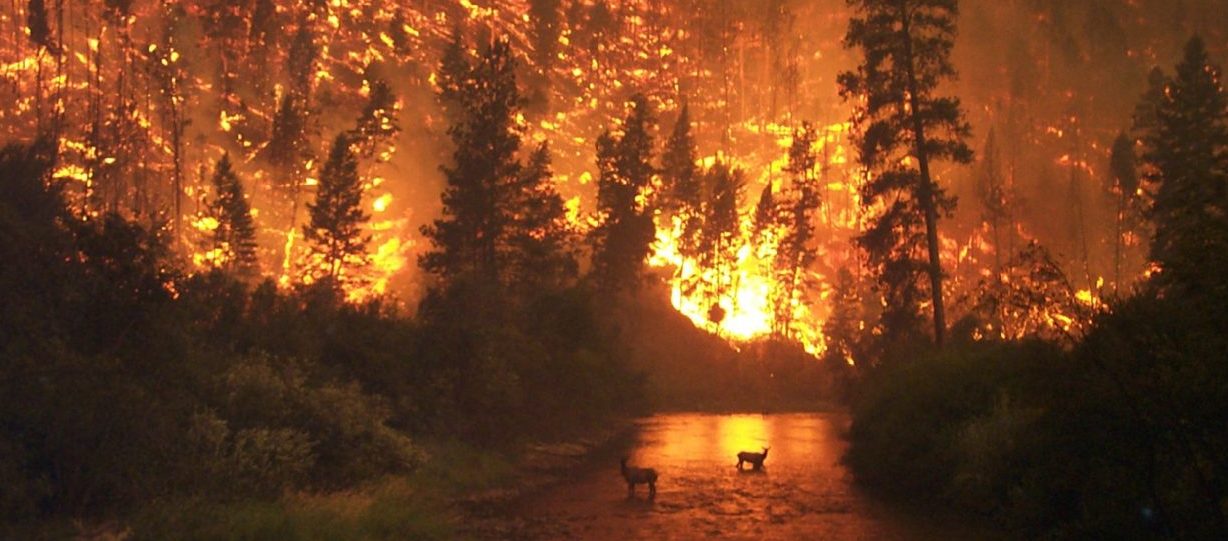
http://Portal:Disasters/Selected picture – Wikipedia
Before these inputs, I had limited knowledge about disasters. I understood the different types and how it affects the lands structure which I covered in Geography class in high school. However, I was unaware of how a disaster affects people, and what the government does in these situations.
Throughout our first week we learned about what disasters were, the comparison in government action in different countries with similar disasters, and different ways we could teach this to a class.
First of all we learned about what a disaster was.
A disaster is an unexpected, catastrophic occurrence that impacts massively on society, therefore loss of people, financial problems and damage to construction and nature. This affect is beyond society’s control to deal with the consequences. A disaster can be the result of the environment, or humans.
(www.ifrc.org, accessed November 2017)
As we are not really affected by many natural disasters, this is a great topic for us to teach to students, as they would be intrigued because this is something alien to many of us. We discussed some of the issues relating to teaching disasters and we need to put ourselves in a child’s shoes and think from their perspective. For example, if a child was to learn about the Grenfell Tower disaster this could make them feel terrified if they lived in a high rise flat. This made me think about how I could teach this topic and to be careful not to consume them with facts about how many people died and instead talk about more relatable topics such as floods, landslides and sink holes which are more likely to occur in our country.
In another session we learned about how we could teach disasters. An effective way is through practical experiments which children will find exciting and increase their focus. In one of the workshops we tried to make volcanic eruptions using vinegar, fairy liquid, food colouring and bicarbonate soda. We also done activities about where on a map would there be hurricanes, forest fires, tornadoes, floods, and tsunamis. I found this learning very effective as children would be motivated to get involved within the learning.
In the other workshop we learned about the government plans which were put in place in two different countries. We compared Haiti and Japan, which was effective as one is a developing country and the other is a developed country. From reading the two case studies there was huge differences in how well the country was prepared, what they done during and also after the disaster hit. We focused on the four stages of a natural disaster, mitigation, preparation, response and recovery. From observing the differences there was huge disproportion in the outcomes between the two countries.
In both study tasks, I really benefited from them. I learned a lot more about the different types of disasters from the micro teaching task where lots of information about hurricanes, tsunamis, flood were shared. I also developed my knowledge in the padlet exercise where we had to write three mind maps on what we would do before, during and after in a disaster situation. This also made me think of creative ways in which I could survive. I think this exercise would be great for children to work as a team and think of ideas, however I might change the disaster to a flood rather than a tsunami which is more relatable and less dangerous. In the microteaching I developed my understanding to how I could teach this to children. During this I also believe I developed my presentation skills and I believe I have gained confidence when speaking in front of the classroom.
http://www.ifrc.org/en/what-we-do/disaster-management/about-disasters/what-is-a-disaster/
https://www.bing.com/images/search?view=detailV2&ccid=lDONCsTu&id=C7AE40C73C0AF805973C9590CFECB940779C2DC7&thid=OIP.lDONCsTudVw6FQUo-zDdSgEsC5&q=forest+fire&simid=608005485129892631&selectedIndex=0&adlt=strict&ajaxhist=0

